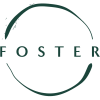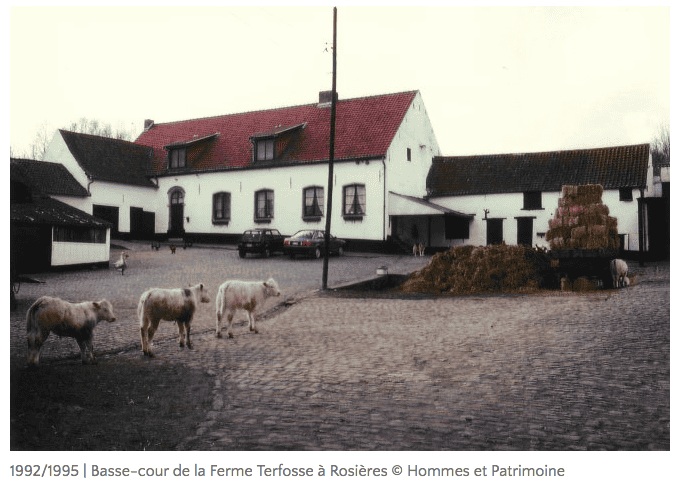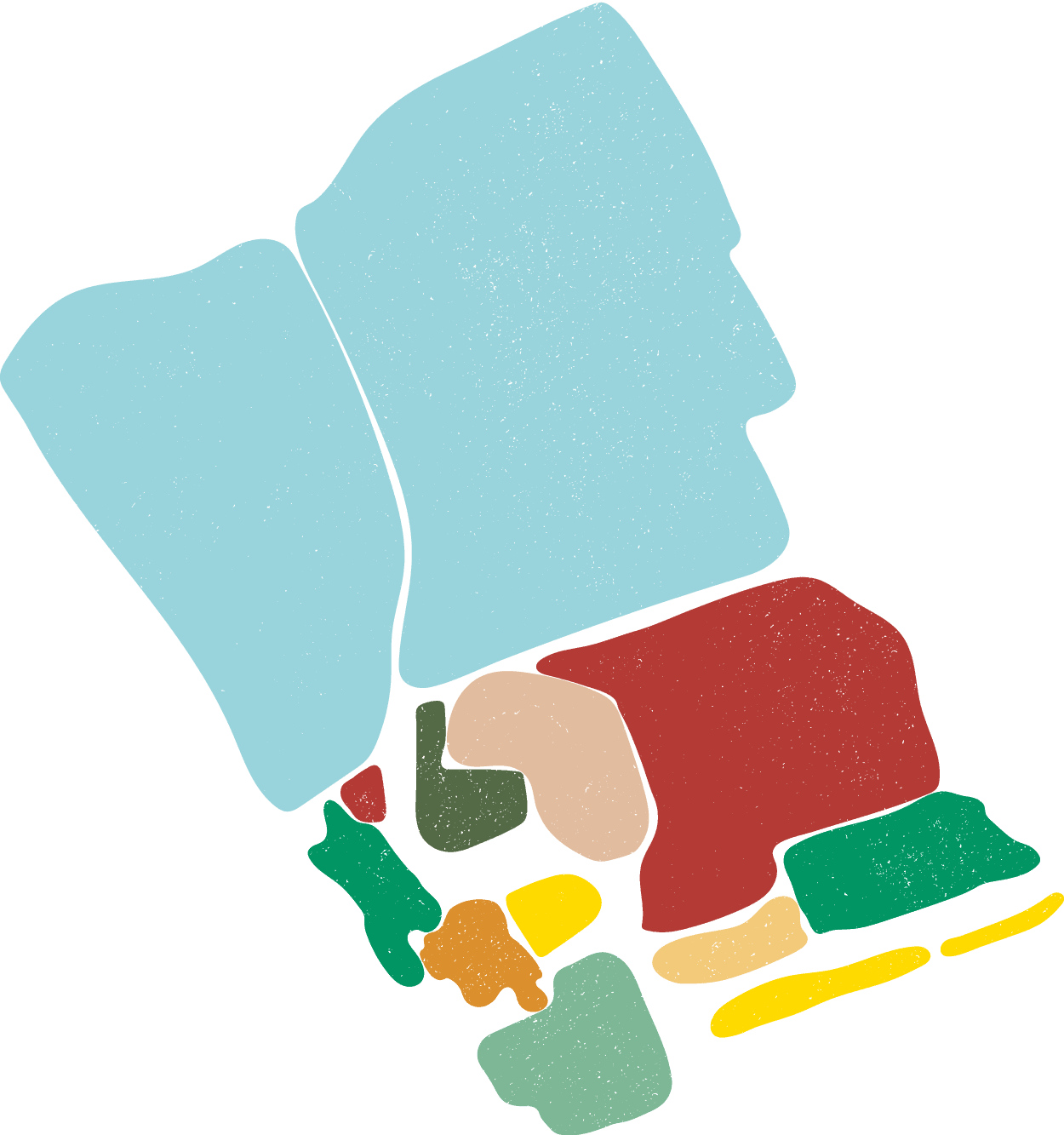Some words about the history of the site
Situated to the west of the Chemin des Deux Fermes in Rosières, on the other side of the E411 highway, away from the urban area, Terfosse farm was built in the 18th century and has had several names, inherited from the region’s French and Flemish heritage: Ter Fosse or Del Fosse, or Del Fos.
Sheltered from the northerly winds by the ditch-shaped relief, the buildings are around a rectangular courtyard.
The environment surrounding Terfosse farm is still a close view of how countryside looked like more than a hundred years ago.
Sadly, at the beginning of 2019, the building was deserted and destinated for gradual degradation.
In March 2020, the du Bois family, neighbour of the Terfosse Domain and worried for the domain, introduced a permit application for a farm renovation and conversion project. A project made to welcome food crafts, offices and coworking spaces, agricultural holdings, and layout of surrounding areas.
The objective is to make available as fast as possible growing lands in a region where farmers struggle to pay for arable land. This objective has already been reached since 2020 with Les Fleurs de Mag and Capucine à table.
Renovation work and every electricity installation will take three years, including the covid period.
Site of Great Biological Interest since 1962
Since 1962, Terfosse was proclaimed SGIB, site of great biological interest, by the Walloon Region.
In addition to the buildings, the site is divided into two parts surrounded by growing areas.
The first part is made up of groves, meadows, and lawns on sandy-loam soil, and the second consists of two ponds and wet meadows along a stream flowing into the nearby Lasne river.
These habitats are favourable towards several bird species such as the yellow sparrow and the meadow sparrow. There are also rabbit bees (Colletes cunicularius) and amphibians (Bufo bufo).
There are also some interesting species of plants: wood anemone (Anemone nemorosa) and multiflora Solomon’s seal (Polygonatum multiflorum).


